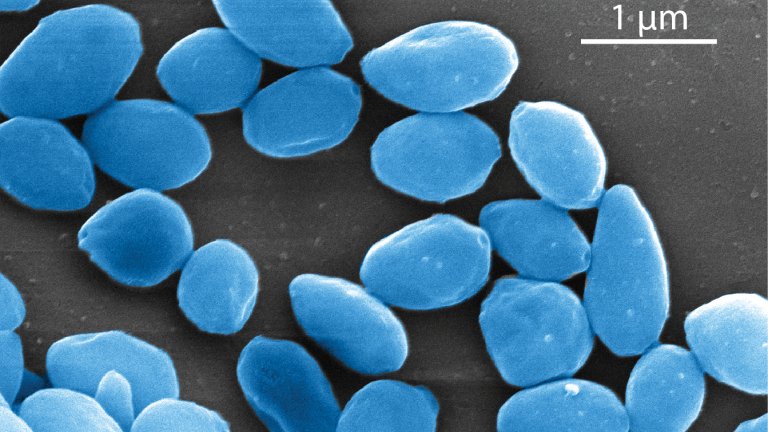
© Lionel Bertaux / Chantal Abergel / Matthieu Legendre / IGS / CNRS Photothèque
View the mediaFolder
Although they are more commonly associated with illnesses, microbes also provide scientists with valuable data on the origin and evolution of life and how the planet functions. They are also a great source of new innovations for our health, agriculture and energy.

© Lionel Bertaux / Chantal Abergel / Matthieu Legendre / IGS / CNRS Photothèque
View the mediaMicrobes, microscopic single-celled living organisms, were the first forms of life to appear on Earth. As a result, bacteria are the first elements to study in order to understand the origins of life and to search for traces of life on other planets.
Evolving over millions of years, microbes have both retained and developed an unprecedented capacity for adaptation. This has enabled them to colonise all terrestrial, marine and continental environments, including the most extreme, and to closely interact with other living organisms. Therefore, microbes play an essential role in the oxygenation of the planet, the functioning of some organisms (plant growth, human microbiome), and also in the appearance of some life forms and their evolution. For example, the placenta is thought to be the result of the transmission of viral DNA in the mammalian genome. Moreover, the recent discovery of giant viruses reminds us that the diversity of the microbial world will continue to surprise us.
While the study of microbes and their genetic material has had medical applications for many years, it is now opening up increasingly varied opportunities for innovation. Scientists are developing technologies using bacteria to protect plants against viruses and pesticides, to breakdown some plastics, produce molecules of interest (polymers, polysaccharides) and even microbial fuel cells.
Discover in images the microbes studied in the CNRS laboratories.
Keywords: infection, pathogen, virus, bacteria, protist, plankton, sequencing, innovation, microbial fuel, origin of life, extremophile, ecosystem
Our work is guided by the way scientists question the world around them and we translate their research into images to help people to understand the world better and to awaken their curiosity and wonderment.